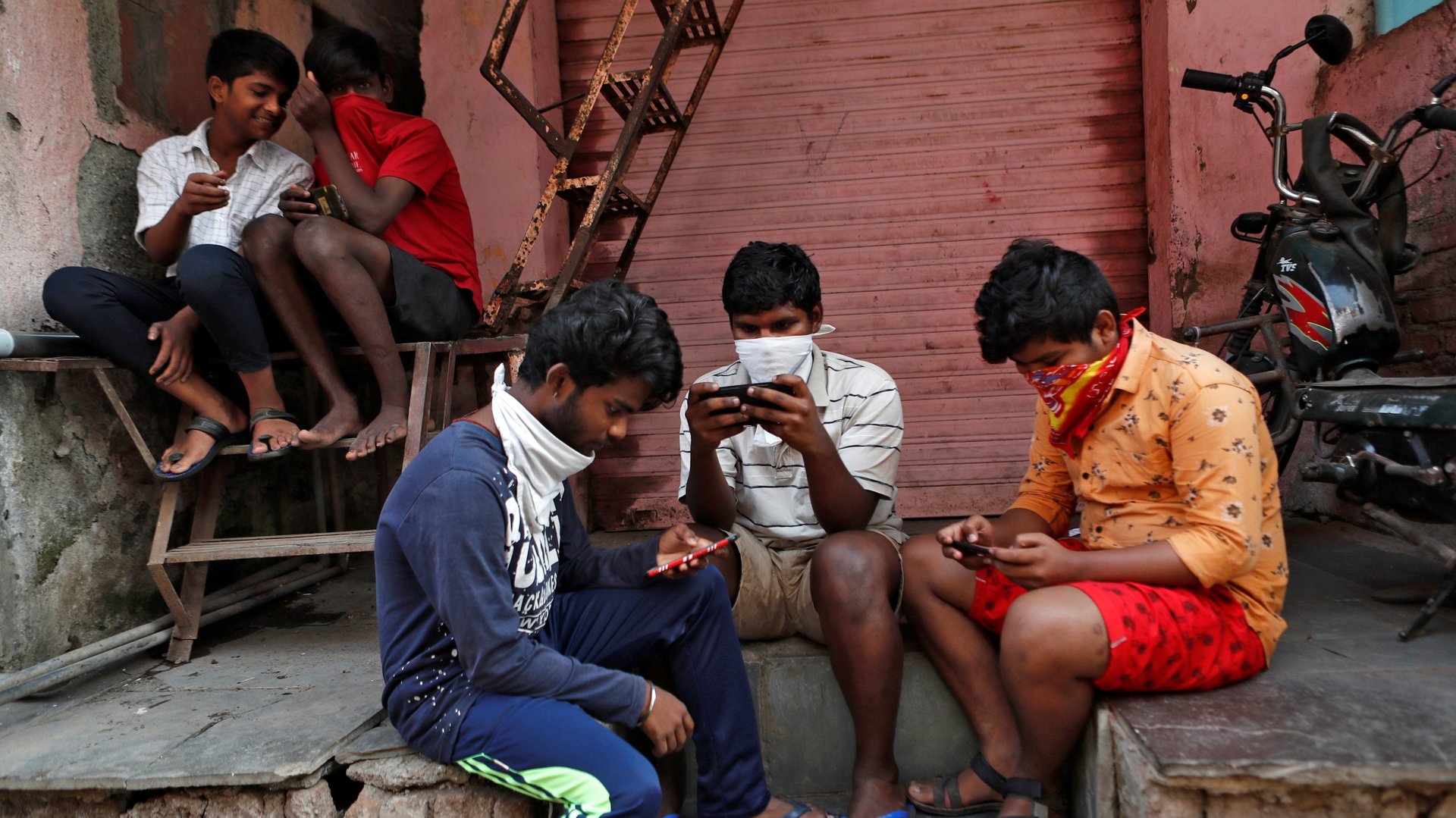India is benefitting from the digital payments war between the world’s largest tech firms
India’s mobile payment space has turned into an intense battleground with big global tech players like Google, Amazon, Walmart, and Facebook vying for a pie of it. And looks like Indians are only benefitting from this war.


India’s mobile payment space has turned into an intense battleground with big global tech players like Google, Amazon, Walmart, and Facebook vying for a pie of it. And looks like Indians are only benefitting from this war.
The number of mobile money accounts in India has risen from 73 per 1,000 adults in 2015 to 1,265 in 2019, according to the International Monetary Fund’s (IMF) financial access survey, released on Nov. 9.
The report states that “mobile money has taken deep root in both sub-Saharan Africa and Asia, providing financial services to the underbanked and unbanked populations in these regions.”
At the same time, the value of mobile and internet banking transactions is growing at a fast-pace in low-and middle-income countries. It means more people are using a mobile device for banking services like checking balance and payment transfer.

With digital transactions witnessing a surge, mobile money companies in India aren’t just restricting themselves to payments and transfers. They are now offering a plethora of products and services like lending, credit card, insurance, and pension with the help of banks. So now, more people have access to a full stack of banking services and products.
Big global tech firms had spotted the potential of growth in India’s digital payment space long ago. Google launched its payment app in India in September 2017, which currently holds the largest share in the digital payment space. Similarly, Walmart entered the fray in 2019 by the acquisition of homegrown PhonePe. Amazon, which forayed into digital payments in India five years ago, has heavily invested in the business so far. And most recently, Facebook-owned WhatsApp joined the fight by launching an in-app digital payments feature.
India’s love for bills
This does not mean prime minister Narendra Modi’s pet project of turning India into a cashless economy is becoming a reality.
The currency in circulation in India hit a fresh high of Rs26 lakh crore ($346 billion) in September and has continued to be around there.